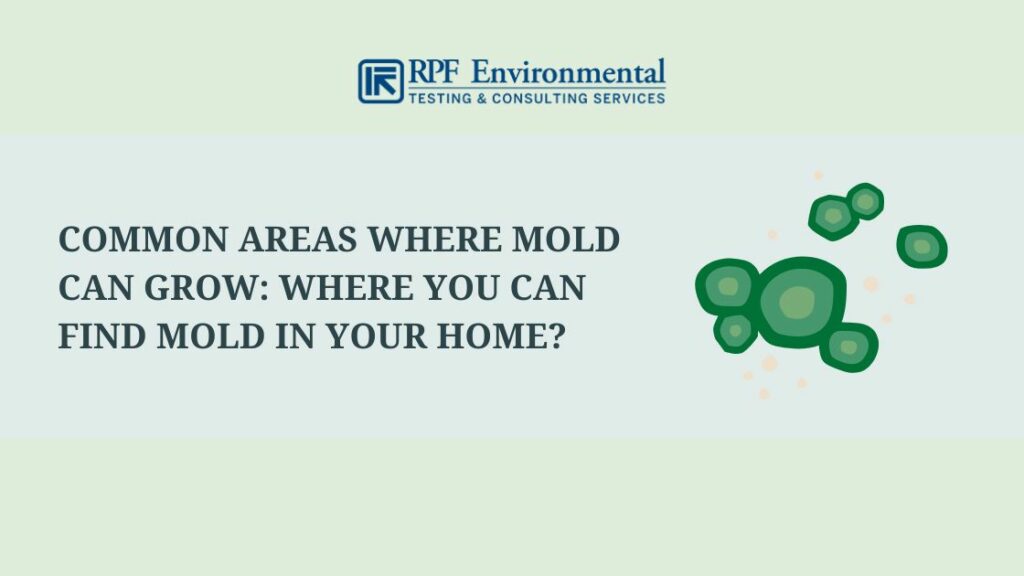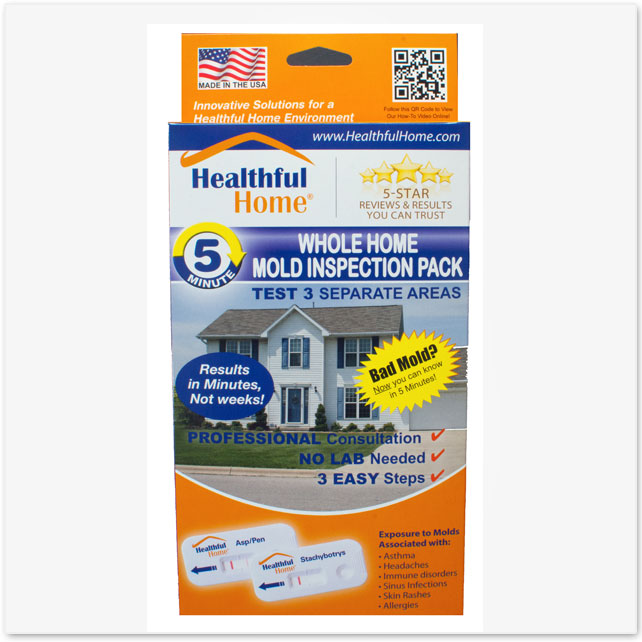Mycotoxin testing Services: A Key Part in Risk Administration Strategies
Mycotoxin testing Services: A Key Part in Risk Administration Strategies
Blog Article
Exactly How Mycotoxin Screening Aids Stop Contamination and Guard Food Materials

Mycotoxin screening is a vital method in the food market, serving as a frontline protection versus contamination by hazardous contaminants produced by molds. Through the application of innovative methods like High-Performance Fluid Chromatography (HPLC) and Liquid Chromatography-Mass Spectrometry (LC-MS), food producers can accurately quantify and find mycotoxin levels in farming products.
Understanding Mycotoxins
Understanding mycotoxins begins with recognizing that they are hazardous secondary metabolites generated by particular molds, which can contaminate farming products. These metabolites are not vital for the growth or recreation of the fungi however can have severe ramifications for animal and human health. Mycotoxins are frequently found in staple plants such as corn, wheat, barley, and nuts, where they can multiply under particular conditions of moisture and temperature level.
There are numerous types of mycotoxins, each produced by different fungal types. Fusarium varieties produce trichothecenes and fumonisins, both of which are connected with different intense and chronic wellness concerns.

Risks of Mycotoxin Contamination
The risks of mycotoxin contamination are complex, posturing significant risks to both food security and public health and wellness. Mycotoxins, harmful compounds created by particular sorts of fungis, can pollute a large range of farming items including cereals, nuts, seasonings, dried out fruits, and coffee. When these toxic substances infiltrate the food supply, they can lead to serious health problems such as liver damage, kidney failing, and even cancer. Vulnerable populaces, including kids, the senior, and immunocompromised people, are particularly at danger.
Economic impacts are an additional significant problem. Infected plants can lead to significant monetary losses for farmers and food producers as a result of decreased yields and the requirement for expensive purification measures. Additionally, global profession can be substantially hindered as countries apply rigorous mycotoxin policies to shield their populaces, resulting in rejected shipments and strained trade relations.
Environmental factors such as environment modification aggravate the threat of mycotoxin contamination. Variations in temperature and moisture can produce desirable problems for fungal development, raising the likelihood of contamination occasions. Thus, understanding and alleviating these dangers are critical for guaranteeing the security and stability of worldwide food materials.
Methods of Mycotoxin Checking
Accurately recognizing mycotoxin contamination in agricultural items is essential for securing public wellness and preserving food safety requirements. Numerous techniques are used to identify and quantify mycotoxins, each offering details advantages and limitations.
High-Performance Fluid Chromatography (HPLC) is a widely used technique due to its high sensitivity and precision. It entails dividing mycotoxins from other materials in a sample, enabling accurate quantification. Similarly, Liquid Chromatography-Mass Spectrometry (LC-MS) incorporates fluid chromatography with mass spectrometry to give in-depth molecular information, making it especially valuable for determining numerous mycotoxins simultaneously - Mycotoxin testing Services.

Gas Chromatography-Mass Spectrometry (GC-MS) and Thin-Layer Chromatography (TLC) are additionally used, each with special applications. GC-MS is reliable for unstable mycotoxins, while tender loving care offers a simpler, economical choice for preliminary screening.
Benefits of Routine Examining
Normal screening for mycotoxins in farming items uses numerous advantages, dramatically contributing to public wellness and food safety and security. By recognizing contamination early, routine testing assists protect against the distribution of harmful foods, thus minimizing the danger of mycotoxin-related health problems among customers. This proactive strategy not only safeguards human health and wellness but additionally improves the general high quality of food materials.
Various countries and regions have actually established stringent limitations for mycotoxin levels in food and feed. Sticking to these restrictions through routine testing ensures that suppliers and manufacturers satisfy lawful standards, thus staying clear of charges and trade barriers.
In addition, normal mycotoxin screening can bring about significant economic advantages. Early detection of contamination permits prompt treatment, decreasing potential losses from widespread contamination. Carrying out routine screening protocols can additionally decrease recall prices and associated responsibilities, which can be monetarily ravaging.
Moreover, routine screening provides important data additional reading that can inform far better farming practices and storage problems. By recognizing patterns of contamination, producers can embrace safety nets, therefore minimizing future risks and adding to the sustainability of the food supply chain.
Applying Testing Protocols
Carrying out effective mycotoxin testing procedures is critical for making sure the security and quality of agricultural items. Developing a robust screening framework includes numerous crucial steps, starting with the recognition of potential contamination factors within the manufacturing and supply chain. This includes pre-harvest, post-harvest, storage space, and distribution phases. Each stage needs to be scrutinized to pinpoint where mycotoxin contamination is probably to happen.
Once vital control factors are recognized, picking proper screening methods you could check here is important. Usual techniques consist of enzyme-linked immunosorbent assay (ELISA), high-performance liquid chromatography (HPLC), and mass spectrometry (MS) Each approach has its weaknesses and staminas; hence, choosing the appropriate one depends upon the certain mycotoxin being checked, the needed level of sensitivity, and offered resources.

Last but not least, integrating the screening procedures into an extensive food safety and security management system is recommended. This enhances traceability and allows swift restorative actions when contamination is detected, consequently protecting the honesty of the food supply chain.
Final Thought
Mycotoxin screening is important in protecting against contamination and securing food products by enabling early detection of dangerous toxic substances created by molds in farming products. Regular screening improves brand online reputation, monetary stability, and trust fund in food safety and security by minimizing contamination-related losses and keeping high standards in food production.
Mycotoxin screening is an indispensable technique in the food sector, serving as a frontline protection versus contamination by hazardous contaminants created by mold and mildews. An integrated technique including farming practices, storage space management, and normal screening can minimize the threats linked with mycotoxin contamination, making find out here now certain food security and public health.
The dangers of mycotoxin contamination are complex, positioning significant threats to both food safety and public health.Normal testing for mycotoxins in agricultural items offers various benefits, dramatically adding to public wellness and food security.Mycotoxin testing is crucial in stopping contamination and safeguarding food materials by allowing very early detection of damaging contaminants generated by molds in agricultural items.
Report this page